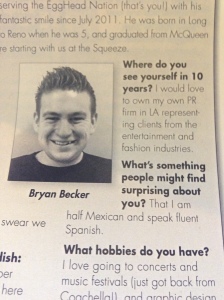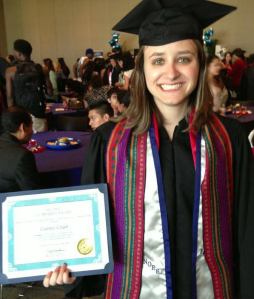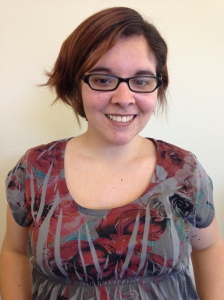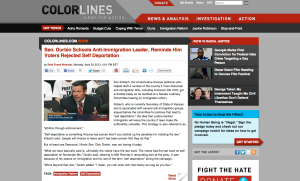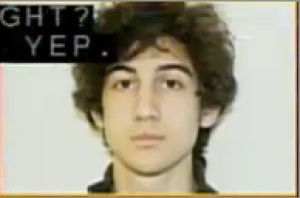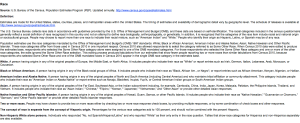People are extremely offended by the word “racist.” It is a term that no one (at least no one rational) wants to be identified by. Therefore, we don’t talk about race. We say we should see past it, that all people are the same. That’s not the way to teach about race and, sadly, we are racists.
You may wonder why I write about racism on a blog that generally discusses multiracial issues and people. Well, racism affects everyone (including multiracial people), and it should be talked about.
In September 2012, I wrote an editorial for The Nevada Sagebrush discussing the results of a test on the Harvard website that I had done. Essentially, it was about grouping — I had to quickly organize faces under certain words. And I ended up associating black faces with negative words. Interestingly, most people get that result. In fact, many African Americans get that result.
People are inherently racist. It is something that happens because of the media, but also because of our culture and our fear of discussing race. My parents never really talked to me about it before. I was raised as an ethnic minority in an Asian majority town and I had many black friends as well. When I moved to Reno, all of that went away and I was shocked by all the white people. I became a majority and I got used to that.
An article from TheStranger.com in 2011 basically discussed the same issue. Jen Graves wrote that white people are, honestly, just awkward talking about race, and they don’t “own up” to their whiteness. In a sense, I don’t either. I don’t really indicate that I’m white anymore, because I say I am of two or more races.
Kaitlin Oki, my friend I interviewed, said it didn’t surprise her to learn that I was multiracial because I didn’t “look” completely white. I took this as a compliment. Why? Because being white isn’t what it used to be. Should I say I am white? Is it racist to say I’m not? Was it racist for Kaitlin to say she knew I wasn’t 100% white?
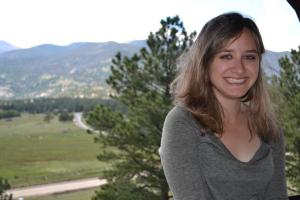
Do I look white? Or multiracial? Should I say I’m everything?
The thing is that the term “racist” has an extremely negative connotation, and certainly it is not a positive trait to consciously discriminate based on race, but the truth is that we are racist. We have our preconceived notions of race. I’ve been afraid before at night when I’ve been out and a black man passes me, even though white men are much more likely to commit crimes than black men are and black men are overrepresented in prisons. Do I blame that entirely on the show “Cops” showing more footage of police apprehending black men? No; I’ve never even seen the show. I don’t really know where my own feelings on that come from, which is scary.
But as the article on TheStranger said, realizing we are racist is the first step, and it’s easier to address the issue than to be irrationally defensive about how tolerant we are. After I took that Harvard test and wrote that column, I realized that I am actually racist. So when a black man walks by me at night, I try to control my feelings. “It is extremely unlikely he is going to hurt me,” I tell myself. “The skin color doesn’t matter.” Now I fear them just like a fear any other man walking past me at night…which is an entirely different issue.
I am not “better” than anyone in terms of racism because I am multiracial. Just because I’m Latina, Italian and Basque, it doesn’t mean I claim superiority over people who are Irish, English, of African descent, etc. In this regard, most of us are the same.
